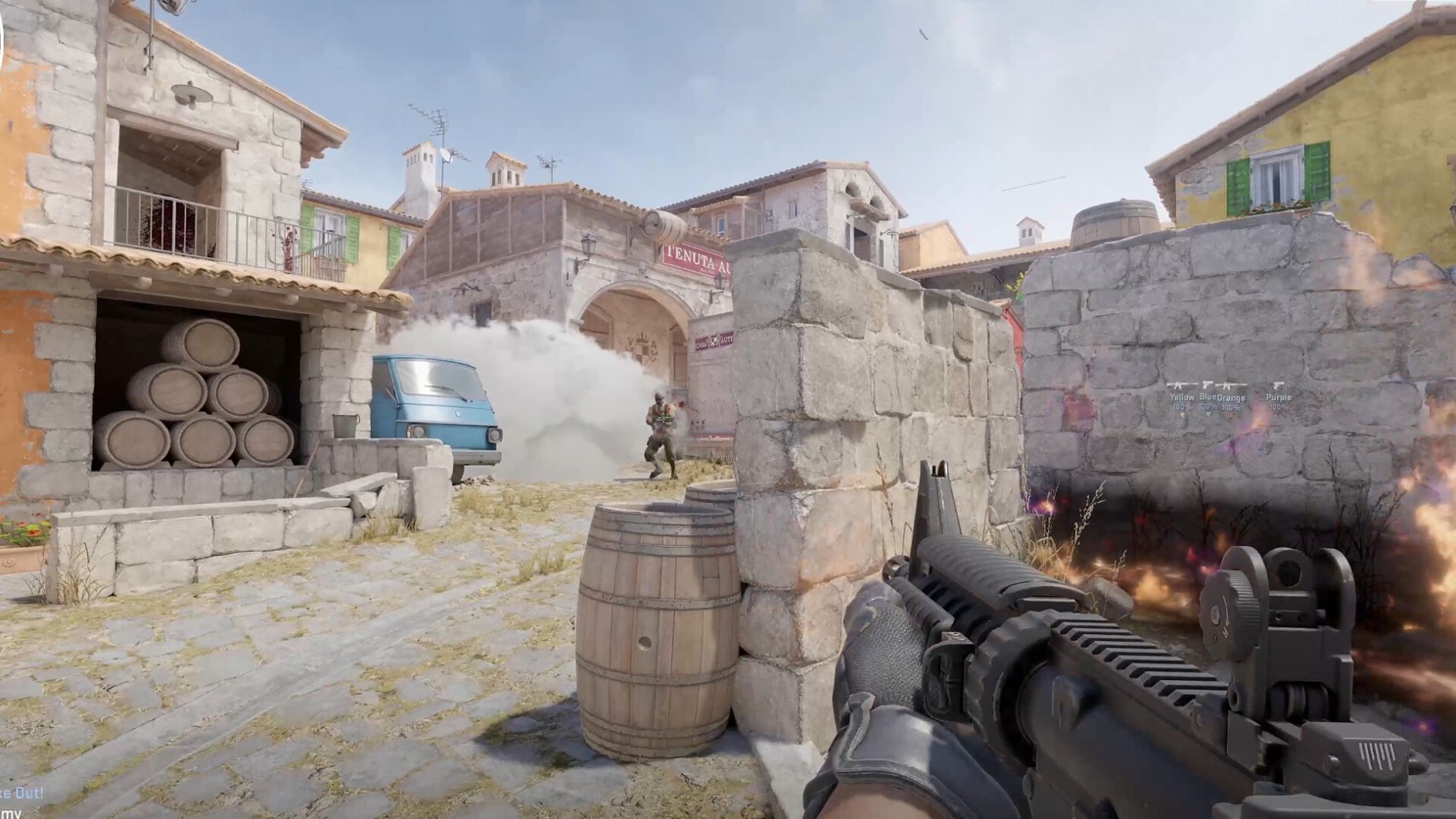
After months of waiting, Counter-Strike 2 finally launched earlier this week, signalling the end of Counter-Strike Global Offensive, the game that has been one of the top esports in the world for the past 10 years and is a two-time Esports Game Of The Year award winner. It’s not often a top esport is retired like this and while there is a lot of excitement about the future of CS, there is also a lot of sadness within the community that something so loved is now gone forever.
CS:GO first launched back in 2012 and it didn’t exactly take off. With CS 1.6 and Source still popular within the community many players just stayed on those games instead of switching to the new title. This was partly due to people just enjoying the older games, and also partly because at launch CS:GO just wasn’t all that good, with a number of issues and gameplay that didn’t feel great compared to the previous versions.
But quickly players started to flood in, particularly after the Call To Arms update in 2013 that added tradable weapon skins and kicked off the massive skin economy that no doubt saved CS:GO but also resulted in the controversial gambling of skins. From that point on CS:GO grew rapidly and never looked back, establishing itself as one of the top competitive games in the world and growing to be one of the best esports ever seen. It has sold out major arenas, broken online viewership records across all esports and given a lot of people careers.
Now CS:GO’s time is over, and Counter-Strike 2 is here. It brings with it an updated engine, sub-tick servers, new smoke physics and a whole lot more. To the untrained eye it can look reasonably similar to CS:GO, but playing it feels completely different. Even just the simple act of moving around feels strange at first, and for some players, it is taking a lot of getting used to! With top tournaments still running on CS:GO for the next couple of weeks, pro teams have been left with a bit of a conundrum on which they should be playing, and it’s not an easy choice to make.
“We had to change our plan because we’re getting close to the release of CS2 and I think it’s really important that you start playing a little bit,” says Danny “zonic” Sørensen, coach of the Team Vitality Counter-Strike roster and a finalist for the Esports Coach of the Year award. “We saw when we went from 1.6 to CS:GO that teams who switched first were definitely the teams that performed well.”
Once all tournaments switch over to CS2, which will happen over the course of the next few weeks, then all the teams will do the same and there will no doubt be a massive shakeup of the top teams in the world. While some top contenders like Vitality switched to CS2 weeks ago and are feeling good about their chances in the early days of CS2, other teams have waited until launch and even then are still focusing on the tournaments they have to play on CS:GO, even if that might put them at a disadvantage in early CS2 competition.
“I don’t know how it will impact me or my team, but it will be difficult for everyone and it’s too early to say if me or anyone will stay the same, be a worse or better player in CS2,” says Nemanja “huNter-” Kovač, a player for G2 Esports and finalist for Esports PC Player of the Year. “But everybody will work hard and play a lot at the beginning including my team and me.”
For the pro players and teams this is a difficult time, having to manage two games for at least a few weeks and then having to go into CS2 and figure out all the new systems. The pressure will no doubt be increased and it will likely be a stressful few months for many as they try to figure out the best ways to play the new game before the first Major in early 2024.
But on the other side of the fence, the launch of a new game has given tournament organisers a fantastic new opportunity to show off the new game when the entire esports industry is fully on board the hype train for CS2. With CS2 being so popular that Valve has had to remove some features to free up servers to handle demand, it feels like everyone wants to experience CS2, and that provides an opportunity for TOs to put on a big show that could bring in a new audience.
“We are very optimistic that CS2 will be a worthy successor to CS:GO and likely to surpass the legacy its predecessor has left behind,” says Shaun Clark, the Senior Director for Ecosystems at ESL FACEIT Group a finalist for Esports Broadcast/Production Team of the Year. “While the game is still very similar, there are differences to it, which will level the playing field between the existing competitive scene and the influx of new teams. We expect our ESL Pro Tour to start off unpredictable but certainly fierce as the new wave slowly but surely enters our structure in the hope of challenging the status quo of what we know from the professional scene today.”
It will still be a few weeks before we get to see the biggest tournaments in the world bring the best teams in the world onto CS2, but expectations are high and if they can be met, we could be entering a new golden era for Counter-Strike. With a new game, bigger events and likely a big shake-up of the top teams and players it will be an exciting few months for the pro-CS scene, and we can’t wait to see how it plays out.




